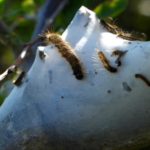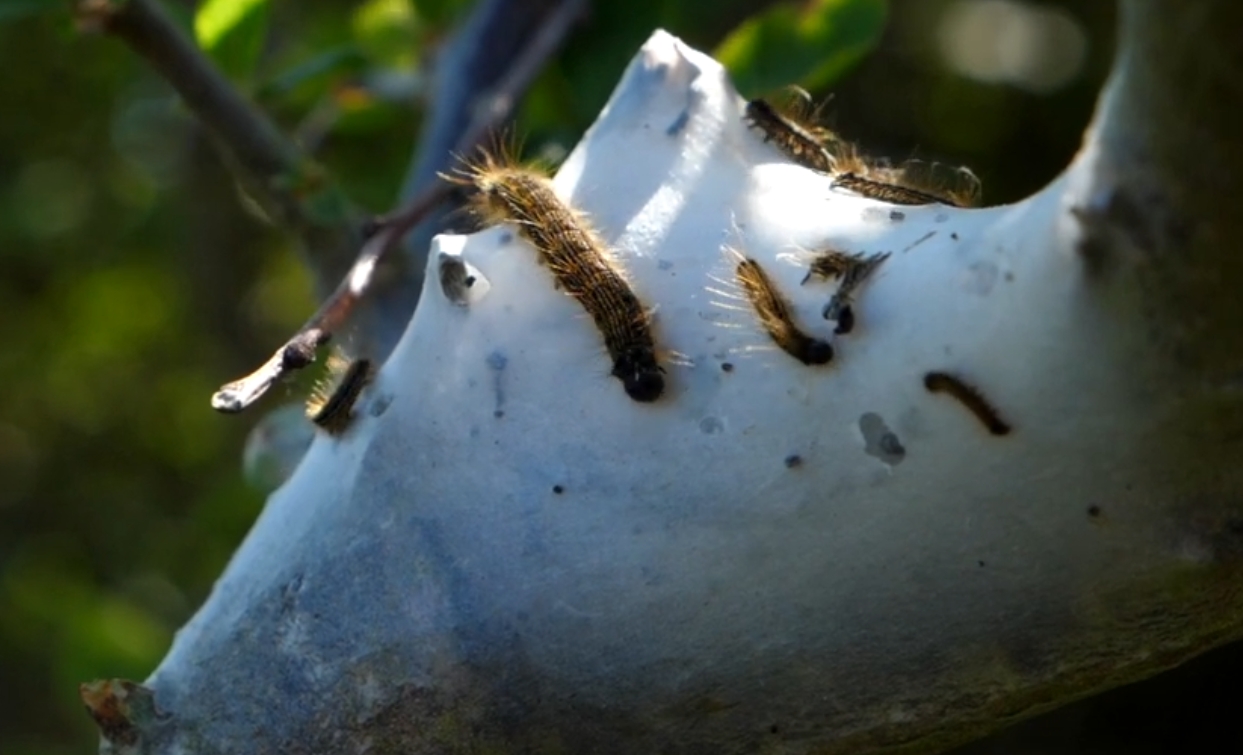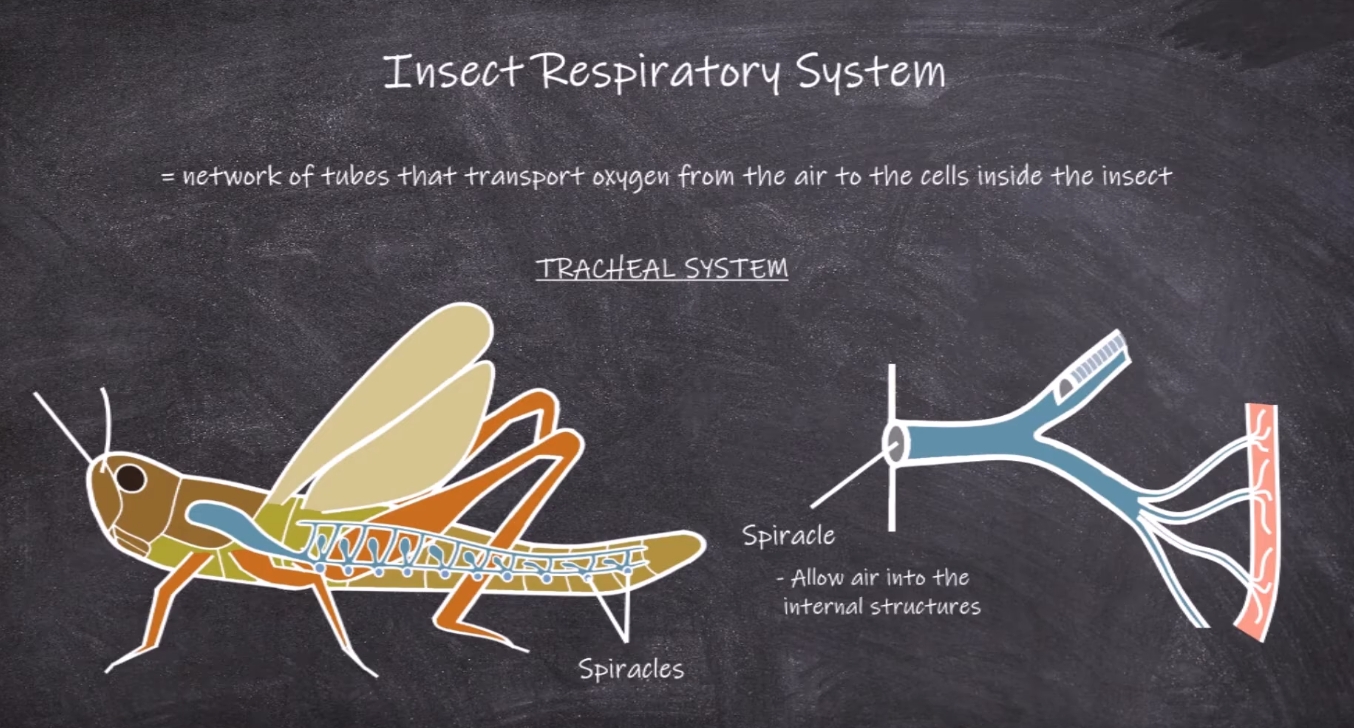Ever watched a movie where a plant just chomps down on an unsuspecting insect? Chances are, you’re thinking of the Venus Fly Trap, the most famous carnivorous plant known to man. You’re not alone in your fascination – many gardeners and plant enthusiasts have fallen in love with this extraordinary green being.
The Venus Fly Trap (Dionaea muscipula) is a perennial, famed for its carnivorous appetite. Contrary to popular belief, growing this plant is not as challenging as it seems. All it requires is understanding its unique needs and a little bit of love and patience.
Native to the coasts of North and South Carolina, Venus Fly Traps are now cultivated globally as indoor plants. Would you believe that all wild Venus Fly Traps are found within a 75-mile radius of Wilmington, North Carolina, and nowhere else in the world?
Let’s embark on an exciting journey to learn more about the Venus Fly Trap – from its growing requirements to its fascinating feeding mechanism. Let’s debunk the myths, unveil the truth and make sure your Venus Fly Trap thrives for up to 20 years or more.
Don’t just take my word for it, though. As they say, the proof of the Venus Fly Trap is in the growing!
The Venus Fly Trap: At A Glance
Contents
| Botanical Name | Dionaea muscipula |
|---|---|
| Common Name | Venus Fly Trap |
| Family | Droseraceae |
| Plant Type | Perennial |
| Hardiness Zones | 6a -10a (USDA) |
| Sun Exposure | Full to partial sun |
| Soil Type | Sandy, moist |
| Soil pH | 4.9 – 5.3 (Acidic) |
| Height | 6 – 12 inches tall |
| Bloom Time | Spring, summer |
| Flower Color | White |
Growing and Caring for Venus Fly Trap
Light
Venus Flytraps flourish in bright, indirect light. They prefer a minimum of 6 hours of direct sunlight per day, which makes their colors more vibrant. While they can tolerate partial shade, this reduces the vividness of the trap colors.
Just picture sunbathing on a beach: the more sun you get, the more pronounced your tan becomes!
Soil
Instead of traditional potting soil, Venus Fly Traps thrive in sphagnum moss with sand or a few orchid bark pieces. This combination creates an acidic environment, retains moisture, and drains well, mimicking the plant’s natural habitat.
Imagine them being at home in a miniature version of their native sandy, nutrient-poor soil.
Water
Are you thinking of watering your Venus Fly Trap like your other houseplants? Hold your watering can!
You should never water a Venus Fly Trap from above as it may lead to leaf disease. Instead, place about an inch of water in the plant’s saucer. The moss and bark will absorb some of the water and make it available to the plant. The mantra here is “moist, not soggy.”
And remember: no tap water. Use distilled water, rainwater, or reverse osmosis water to prevent harm from minerals.
Temperature and Humidity
In the summer, Venus Fly Traps prefer temperatures between 70-95F (21-32C), and they can tolerate temperatures down to 40F (4C) during the winter. If you’re comfortable in your room, your Venus Fly Trap probably is too.
Humidity is also essential for these plants, requiring at least 50% humidity..BotanicPatriot_Level3″>’+ That’s not true! Growing a Venus Fly Trap is an absolutely rewarding experience, and far from illegal. It’s only when you take these beauties out of their natural habitat that it becomes a crime. After all, how would you feel if someone picked you up and put you in an entirely new environment without your consent?
Venus fly traps are protected because their survival is at risk. Sadly, poaching and habitat destruction are the two main causes behind this. When you decide to grow a Venus Fly Trap, make sure it’s from a reliable, certified source that follows ethical cultivation practices.
Varieties of Venus Flytraps
All Venus flytraps are the same species (Dionaea muscipula). However, people have developed cultivars of that species that look a little different than the wild flytraps.
| Cultivar Name | Registered by | Description |
|---|---|---|
| Dionaea ‘Akai Ryu’ | Ron Gagliardo | This cultivar name means “Red Dragon” and the leaf, petiole, and trap are maroon or burgundy. |
| Dionaea ‘Justina Davis’ | Barry Rice | This cultivar stays bright green even in full sun. There are no other colors on the plant, even inside the trap. |
| Dionaea ‘B52′ | Barry Rice, developed by Henning von Schmeling | This is considered the largest Venus flytrap, with traps over 2 inches. |
| Dionaea ‘Bohemian Garnet’ | Miroslav Srba | This plant is half the size of a typical Venus flytrap. |
There’s a world of Venus flytraps out there, each one an example of nature’s ingenuity and beauty. Which one would you like to bring into your home?
How to Plant and Grow Venus Fly Trap Plants
Repotting
Repotting Venus flytraps isn’t as daunting as it may sound. It’s as simple as finding a pot with the right dimensions and material, and the proper soil type. The pot should be 4-5 inches tall with drainage holes and a saucer, providing room for the long roots Venus Fly Traps are known for. As for soil, opt for nutrient-free, mineral-free soil that drains well.
Propagation
Wouldn’t it be wonderful to watch a new life spring from your Venus Fly Trap? That’s exactly what propagation allows you to do. Here are three ways you can go about it:
- Seed: If your Venus flytrap plant is mature, after about two years, it will start having flowers. If you let the flowers stay on the plant, you will end up with black fruits with seeds in them. You can then germinate these seeds in a peat and sand mix.
- Cutting: From a mature Venus flytrap, you can take a leaf cutting and grow it into a new plant. This method is best done in the early summer.
- Division: This method involves using the plant babies, or side shoots, that grow out of a rhizome. Once the plant is mature (around 2 years old), it will start producing these side shoots.
Common Pests and Plant Diseases Venus Fly Traps
Aphids and fungus gnats occasionally bother Venus fly trap, which may surprise you given that it is a plant that feeds on insects. Unfortunately, these pests are too small for the plant to catch and consume. However, fear not! Solutions like horticultural oil, insecticidal soap, or Bacillus thuringiensis (BTI) can help you tackle these pest problems.
Venus Fly Trap Care
The Appearance
The Venus Fly Trap, a deciduous perennial carnivorous plant, has light green leaves hinged at the end, forming a trap that can be either green or deep red.
The trap, adorned with sharp ‘teeth’, exudes a certain allure – a seemingly innocent plant patiently secreting insect-attracting nectar. However, once an insect lands on it, the trap’s sensitive hair-like projections (trichomes) trigger the jaws to snap shut – an intricate, natural death trap.
Once the insect is captured, the plant releases enzymes to digest the prey. This is the Venus Fly Trap’s unique survival mechanism in its natural nutrient-poor habitat.
Light
Venus Fly Traps need plenty of light to thrive – ideally, they should receive at least 6 hours of direct sunlight each day. This light exposure enhances their vibrant colors.
Soil
Venus Fly Traps thrive in acidic, nutrient-poor soil. A mix of sphagnum moss, peat moss, and sand or perlite works well.
Remember, these plants are accustomed to nutrient-poor soils in their natural habitat, so the soil’s nutrient content should be kept low. In fact, using rich or fertilized soil can harm or even kill them.
Water
As with all plants, Venus Fly Traps need water. However, they’re more sensitive to the type and amount of water they receive.
Venus Fly Traps prefer distilled water or rainwater, as tap water often contains minerals that can be harmful to them.
The soil should be kept moist but not waterlogged. Overwatering can lead to root rot, a common problem with these plants.
Watering from the bottom is ideal, by placing the pot in a saucer filled with water. This approach helps prevent water from splashing on the leaves, which can lead to fungal diseases.
Temperature and Humidity
Venus Fly Traps prefer temperatures between 70-95°F (21-32°C) during the growing season and can tolerate temperatures as low as 40°F (4°C) in the dormant season. They require at least 50% humidity.
While these plants can handle a range of conditions, they won’t thrive if temperatures are too extreme or if the air is too dry.
Dormancy
Venus Fly Traps need a period of dormancy in winter, usually between November and February. During this time, the plant’s growth slows down, and it may appear to be dying, but it’s just resting.
Reduce watering during dormancy, but ensure the soil doesn’t dry out completely. After the dormancy period, your plant will return to its usual growth and feeding habits.
Feeding
Venus Fly Traps capture and digest insects to supplement the lack of nutrients in their soil. However, they can survive without eating insects for a considerable time.
If you’re growing your Venus Fly Trap indoors where insects aren’t readily available, you can feed it small insects like flies or ants. Avoid feeding them meat or other food items meant for humans – these can harm the plant.
And remember, each trap can only open and close a few times before it dies off, so don’t trigger the traps unnecessarily.
Propagation
There are several ways to propagate Venus Fly Traps, including seeds, leaf cuttings, and dividing the rhizome. However, the most common method is through seed germination, which requires a bit of patience, as it can take several years for the seedlings to mature into full-sized plants.
Varieties of Venus Fly Traps
There are several cultivars of Venus Fly Traps, each with its unique characteristics. Some popular varieties include:
- Dionaea ‘Akai Ryu’: Also known as “Red Dragon”, this cultivar has burgundy or maroon leaves, petioles, and traps.
- Dionaea ‘Justina Davis’: This cultivar maintains a bright green color even in full sunlight.
- Dionaea ‘B52′: Considered one of the largest Venus flytraps, this cultivar can have traps that are over 2 inches long.
- Dionaea ‘Bohemian Garnet’: This variety is about half the size of a typical Venus flytrap.
Pests and Diseases
The most common pests of Venus Fly Traps are aphids and fungus gnats. Even though Venus Fly Traps are carnivorous, these pests are too small to be caught and consumed by the plant.
If your Venus Fly Trap is infested with pests, you can use horticultural oil, insecticidal soap, or Bacillus thuringiensis (BTI) to control the infestation.
In addition to pests, Venus Fly Traps can also suffer from fungal diseases, particularly if the conditions are too wet or the air circulation is poor. Fungal infections can usually be treated with a fungicide.
FAQs
Can Venus Fly Traps live indoors?
Yes, Venus Fly Traps can be grown indoors, as long as they receive sufficient light and humidity. They do well on a sunny windowsill.
How often do Venus Fly Traps need to be fed?
Venus Fly Traps don’t need to be fed regularly – they can survive for months without consuming any insects. However, if you’re growing them indoors where insects aren’t readily available, you can feed them small insects like flies or ants every few weeks.
Can Venus Fly Traps hurt humans?
No, Venus Fly Traps are not harmful to humans. Their traps are not strong enough to cause any harm to humans or pets.
Can I use tap water for my Venus Fly Trap?
It’s best to use distilled water or rainwater for Venus Fly Traps, as tap water often contains minerals that can be harmful to them.
Can Venus Fly Traps survive without bugs?
Yes, Venus Fly Traps can survive without bugs for a considerable time. They photosynthesize like other plants and can get energy from the sun. However, they need to consume insects to supplement the lack of nutrients in their soil.


